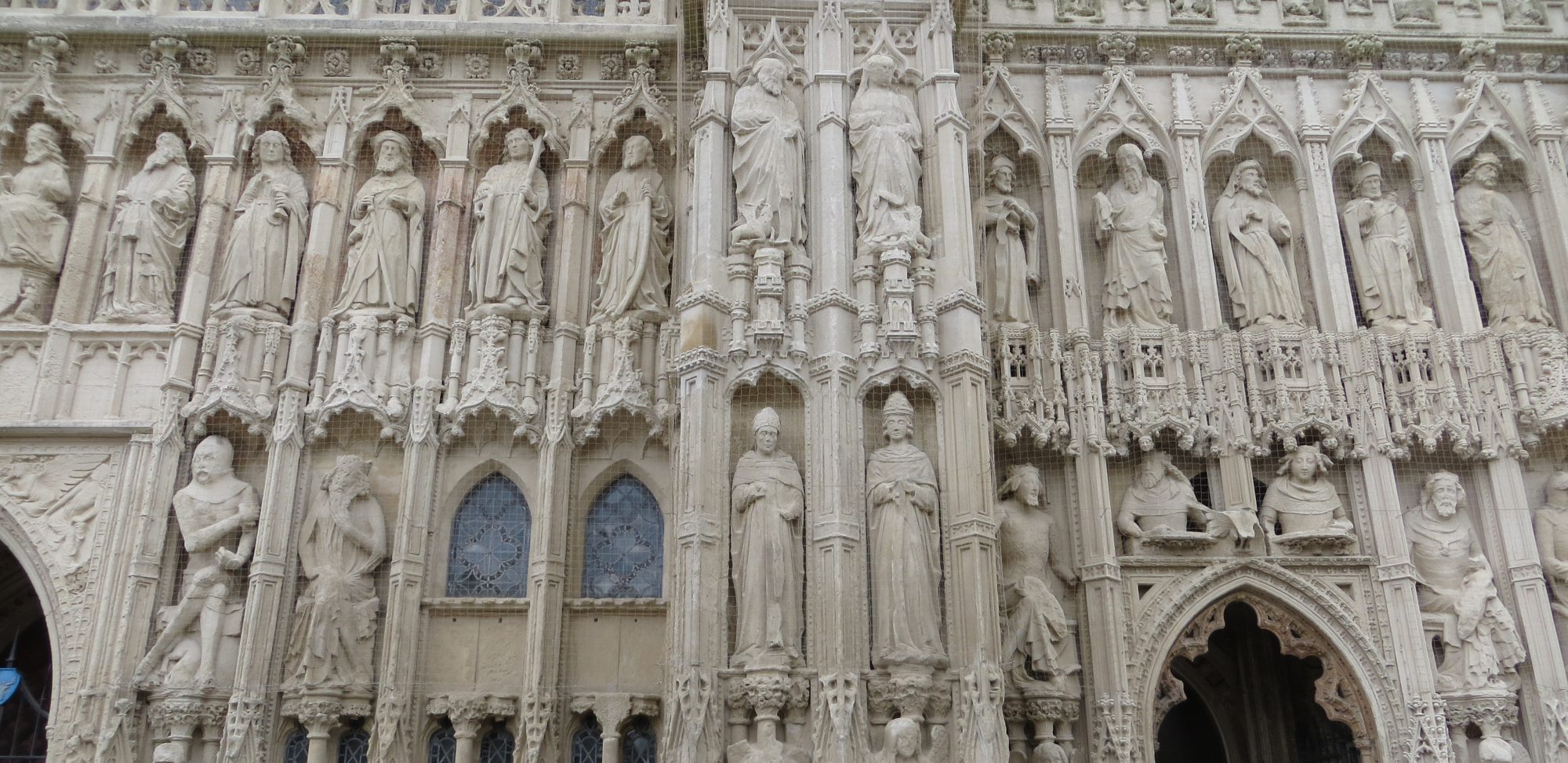Far from just a cult of silence about the true nature of radicalism, there’s now a culture of institutionalized denial. West Midlands police with no less a body than the Crown Prosecution Service have had to apologise to Hardcash Productions, the makers of the Dispatches film ‘Undercover Mosque’, for libeling them with accusations of ‘fakery’ and inciting religious hatred. Their exposure of hate preachers at Green Lane Mosque and other Birmingham Islamic centres, rather than being praised as a service to the community, was reported to the broadcast watchdog Ofcom by the police.
* * *
When someone does something bad in the name of religion, they are usually deemed mad or criminal. How do you criminalise a worldview? You can’t. You just pretend it doesn’t exist. You lie to yourself about what is there in front of your face. Finally, if you can’t stand the message you shoot the messenger. The police and more worryingly still the CPS haven’t a clue about how to tackle cultural crime on this scale. It goes to the heart of our own most sacred cow – a secularism that says all religions are equal – and equally irrelevant.
What we are witnessing is the national sickness of the soul. It is a sickness that leads first to moral and actual blindness – and then to social collapse. A house divided against itself cannot stand.
The bloodthirsty rhetoric of the radicals reveals an ugly – and very real – determination to force their religion on the country by fair means or foul, and it is good citizenship for the sake of all our faiths – not racist or islamophobic or an incitement to religious hatred – to recognize it.
Jenny Taylor Undercover mosque: How did police get it so wrong?
